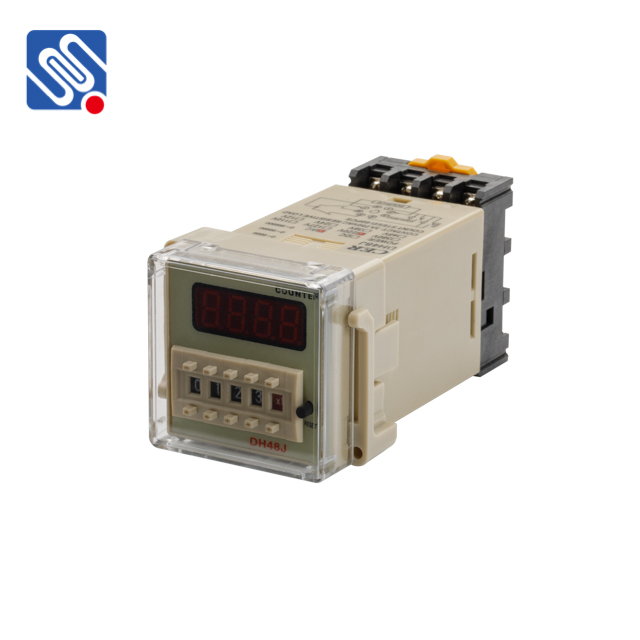Relay voltage plays a crucial role in the functioning of electrical systems, as it determines how a relay operates and interacts with other components in a circuit. Relays are electromagnetic devices used to control the flow of electricity in a circuit by opening or closing contacts in response to a control signal. This control signal is often in the form of voltage, which energizes the relay’s coil and causes it to perform its switching function. To gain a deeper understanding of relay voltage, we will explore its significance, types, and its impact on electrical systems.

What is Relay Voltage? Relay voltage refers to the electrical voltage required to activate the relay’s coil, enabling it to switch the contacts. The coil of a relay is an electromagnet, which, when energized by the appropriate voltage, creates a magnetic field that moves an armature. This movement either opens or closes the relay’s contacts, depending on the type of relay. The voltage required to energize the coil is referred to as the “coil voltage” or “relay voltage.” In simple terms, this is the voltage needed to power the relay’s internal mechanism, allowing it to perform its switching function.